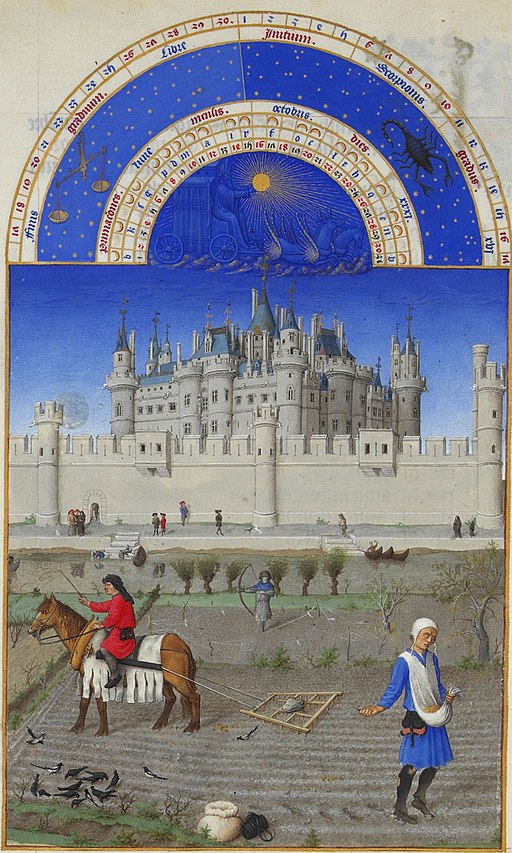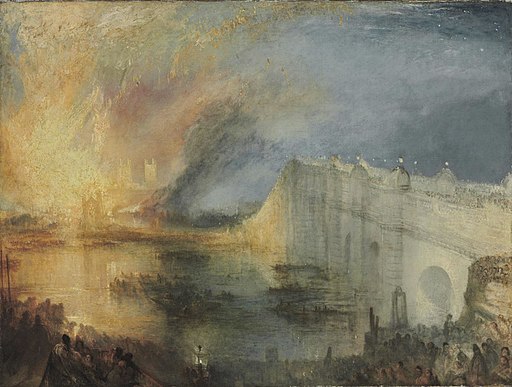 |
| Places to Paint: Agawa Canyon, Algoma, Canada Some of Jeff McColl's portfolio of photographs matched to paintings by the Group of Seven © Jeff McColl |
Between 1918 and 1923 several members of the Canada's Group of Seven painted in the Algoma region including Lawren Harris, A. Y. Jackson, Frank Johnston, J. E. H. MacDonald, and Arthur Lismer. To gain access to this remote area they rented a boxcar from The Algoma Central Railway, which had been outfitted like a cabin and was shunted to sidings near choice painting locations. From these locations they set out on foot or canoe to capture this untamed area on canvas. Their paintings brought this vast, rugged, and beautiful part of the country to fellow Canadians and the world.Wikipedia - Agawa CanyonBelow are links to Jeff's photos and the paintings by G7 artists at various locations. Do read his comments as to location as it's obvious that not all the original locations are now accessible due to changes in growth of vegetation or changes in the course of rivers made as a result of floods. He also provides photographs of what the locations look like in winter.
The links in the name of the artist are to the biography of the artist on the National Gallery of Canada website.
- AY Jackson's "First Snow, Algoma County" - Photo | Painting
- AY Jackson's "Agawa Canyon" - Photo | Painting
- Lawren Harris's "On the Agawa River, Algoma" - Photo | Painting (click painting to see larger version)
- Bridal Veil Falls (68.5 meters (225 ft) - painted by various of G7 from various angles) - Photo | Painting by Lawren Harris
- AY Jackson's view of Bridal Veil Falls from the south side - Photo + Photo (winter) + Photo @ -25℃ | Painting
- J.E.H. MacDonald's "Little Falls" located on the Little Agawa river on the east side of the ACR bridge - Photo + Photo + Photo (winter) + Photo @ -35℃ | Painting
- Lawren Harris site of one of his sketches, Algoma Waterfall, Canyon 1, Sketch 111, downstream of the ACR and Little Falls site - Photo | Painting
- Lawren Harris Algoma Stream - Photo | Painting
- JEH MacDonald's Landscape sketch Northern Ontario - Photo | Painting + the rock where he probably painted from
- JEH MacDonald's site for "Agawa river, Algoma" (McMichael Collection) - Photo + Photo + Photo + Photo | Painting (click though to third image)
You can also read an article by Jeff - Paddling/Hiking/Photographing in the footsteps of Legends by Jeff McColl - in the Spring Newsletter of the Group of Twelve - Fine Arts Society of Milton
Mention the Group of Seven to any artist or photographer and there are instantly visions of great Canadian Landscapes. I have known for years that the Group of Seven had visited the Agawa Canyon and when asked to describe the area I have said it was like paddling into one of their paintings. I have also known that fellow canoeists Sue and Jim Waddington of Burlington have a hobby that include working with the McMicheal Gallery in finding locations where they painted. They have been very successful in finding locations in Georgian Bay, Killarney and Algonquin Prov. Parks. They know that I frequent the Agawa area every year and they asked me if I could identify a few areas
All photos are copyright Jeff McColl. You can see more of Jeff's wonderful photographs of the Canadian countryside on Panoramio
Seems to me that the logical extension of all this work by these canoeists is a book - complete with maps and details of how to get to these places to paint!
Group of Seven fans may also like:
Group of Seven fans may also like:
- my post about 'Painting Canada: Tom Thomson and the Group of Seven' at Dulwich Picture Gallery
- my website about Canadian Art Calendars 2013
























